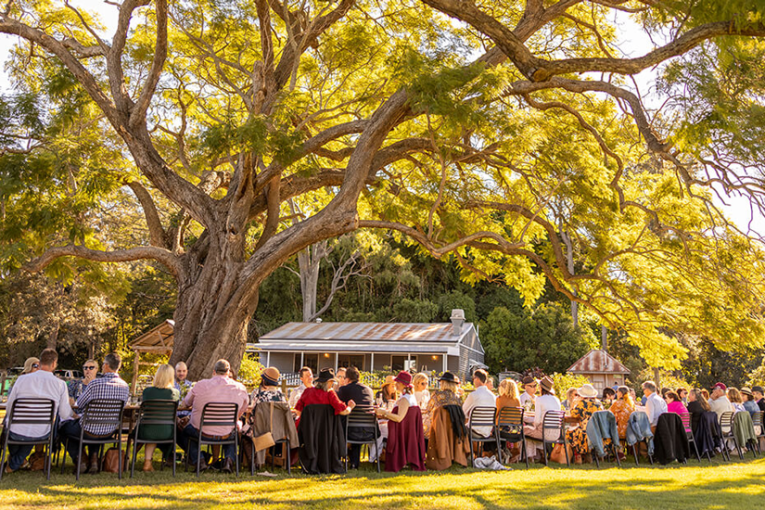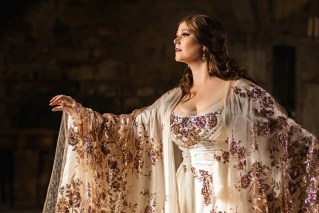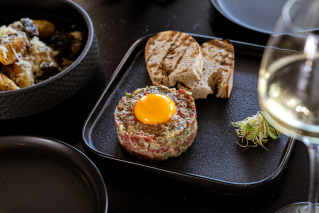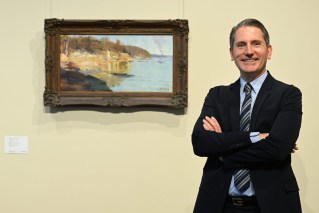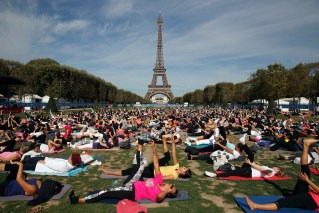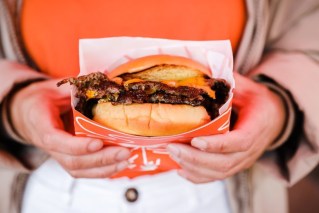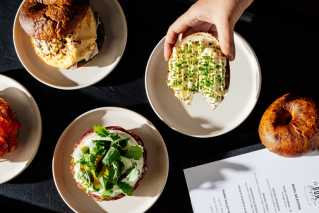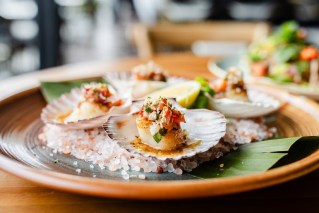Why making a fashion statement is about much more than simply being best dressed
Unprecedented forces are transforming our wardrobes in 2023, and it’s a movement that shows no sign of slowing down, writes Susan Schwartz.
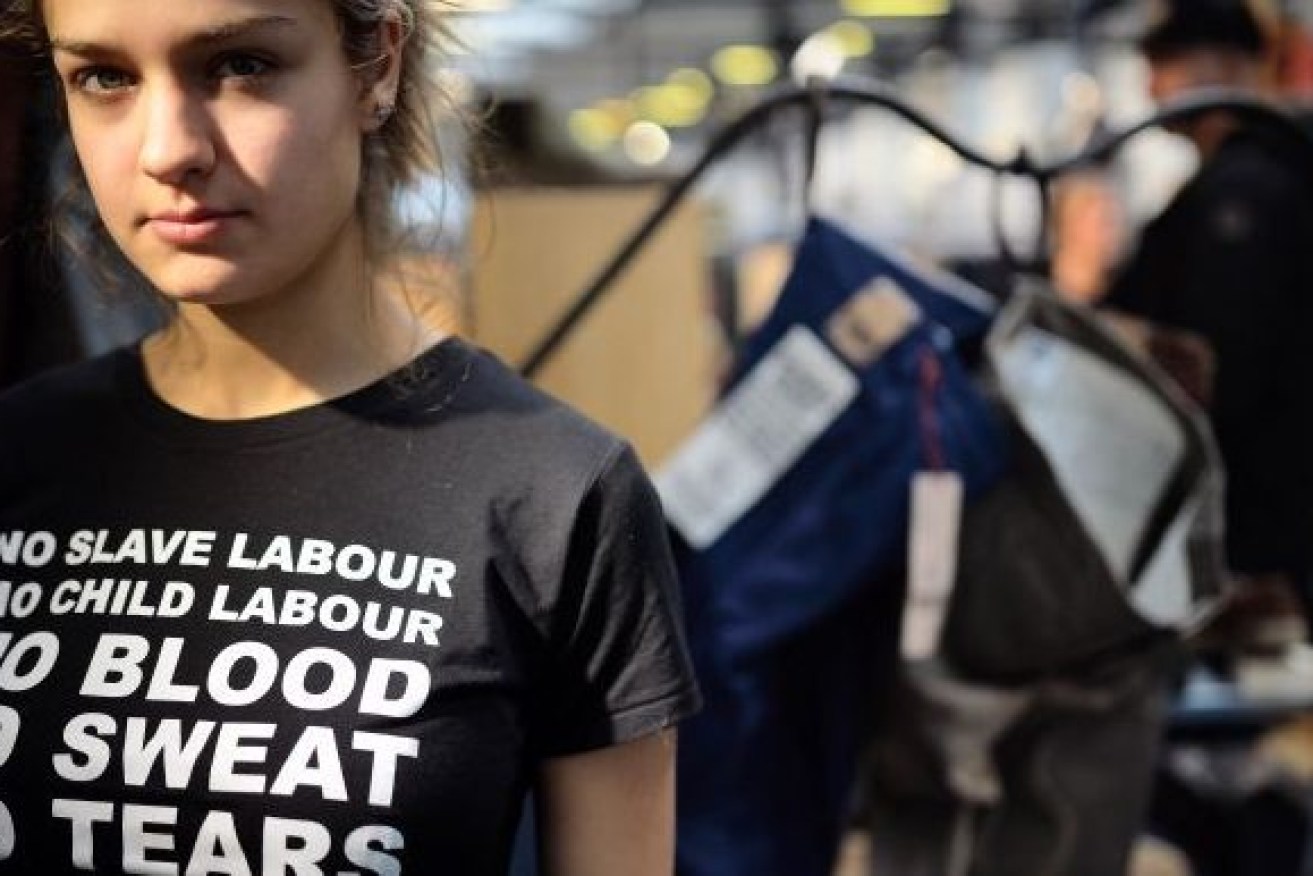
More than ever, fashion and politics are indelibly connected. (Image: Pinterest, The Green Hub)
For the first time in the history of fashion, a new type of social consciousness, coupled with environmental concerns is revolutionising what we wear.
Fashion is becoming increasingly political – concerns for the environment, nationalism, and gender and diversity movements are all informing fashion in ways we’ve never witnessed.
And just like politics, fashion has become fractured, with more of an anything goes attitude. Jeans are the perfect example. There used to be a time when only one style of jean could be found on the retail floor.
If skinny jeans made you look like a sausage stuffed into a plastic casing, it was too bad. You had to suck it up. Now, for the first time in jeans history, anything goes – skinny, straight, flared, baggy, cropped; and high, medium or low waisted – there is a pair out there to flatter every size and shape.
For those who still love a trend, 2023 is moving towards a more conservative mood. Think longer, exaggerated hemlines, brooding black a-la Netflix’s phenomenal hit Wednesday, and investment dressing.
Fashion has always been one of the few ways in which individuals have the power to break boundaries and challenge stereotypes.
Show me a fashion trend, and I will show you a mirror to the prevailing zeitgeist.
The difference now is that words like “sustainable,” “environmentally-friendly” and “ethical” are all too-often thrown around to green-wash consumers. Trying to reduce waste and saving offcuts to re-use or recycle for the circular economy has become political. But it also means that the fashion industry is listening – or at least trying to listen – and change takes time.
Globally, nationalism and unreliable supply chains are playing into a large part of the increasing demand for locally made fashion. This also applies to Australia, where customers are actively seeking out Australian-made products. People want to know the story of their clothes. They want to know that children are not being exploited, that the conditions do not risk the lives of the makers, and that they are being paid a living wage.
A move towards more conscious consumption means some people are buying less. When they do decide to purchase, they are looking for garments that are high-quality and made to last. They are also looking for items that transcend seasons, that they can wear anywhere, and that offer the versatility to dress up or down.
Spending money on fashion, buying pre-owned, or not spending in an attempt to cut waste or save money is one of the most basic political as well as economical statements a person can make. Each time you make a decision to opt in or out of fashion, you’re making a statement that is a reflection of your beliefs. You can’t escape what your clothing says about you, because it speaks volumes.
Despite the bright colours and fun, maximalist party looks from the last few seasons (indicating a desire to break free from lockdowns across the world) a new gloomier economic reality has emerged which is reflected in the top fashion trends for 2023. These say a lot about the way we are thinking. They indicate a desire for conservatism, for security, and for something that endures. They are also reflective of a yearning for simplicity as the cost of living continues to bite.
Hence the return of conservative hemlines with floor-grazing maxi-skirts. The security of sombre black is a safe bet if you’re unsure of what to wear. And long-lasting denim, a perennial classic, is everywhere – from shirts, to dresses, skirts and bags. Wear double denim and you’ll be right on trend. Cargo pants are also tipped to be hot, and every time these come back, it’s a sure-fire indicator that there’s a war going on.
Against this backdrop, an enduring theme of masculine neo-minimalism has been running through women’s fashion for a number of seasons. Oversized is set to become super-sized in 2023 with power suits, baggy pants and chunky flats reflective of the #MeToo movement, and the move towards gender-neutral garments by some mainstream brands.
There is a desire for fashion to reflect diversity in society – to include gender-neutral designs, accommodate inclusive sizing, and represent a variety of nationalities. Just as in life, diversity in fashion makes things more interesting.
Fashion is more than a catwalk for the frivolous fops portrayed by Ben Stiller and Owen Wilson in the satire film Zoolander.
Fashion shows us where we have been, and where we are going. It is the fabric of history.
There is major change going on in the fashion industry. Embracing change isn’t always easy. But if we do decide to move forward it is possible for us to create a new history.
Susan Schwartz is a Brisbane-based former international fashion editor who left the magazine world to launch Status Quan (statusquan.com) – a luxury sleepwear and loungewear brand made in Australia from natural fibres.
